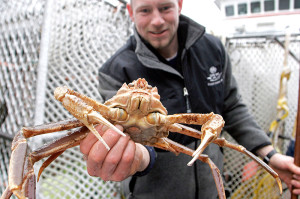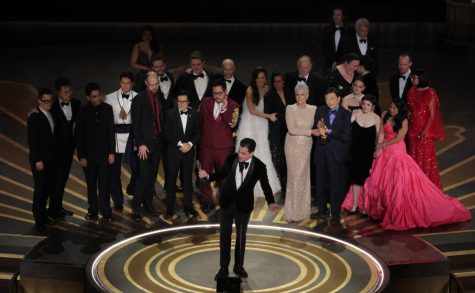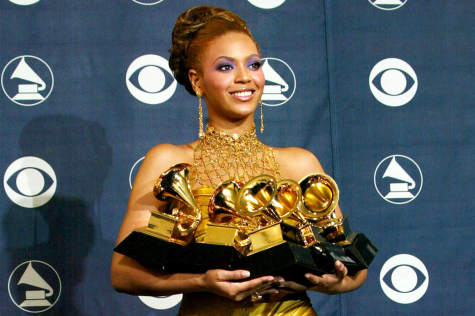Crabbing Becomes Popular Hobby in the Bay Area

The water crashes against the edge of the pier, the reflection of streetlights glistening atop the ocean, while people enjoy delectable crabmeat they gathered themselves.
Crabbing season is in full swing and it is not just for commercial fisheries anymore, as it has become a popular hobby for people in the Bay Area.
The season started on Jan. 15 after being delayed because of insufficient meat on the crabs; crabbing season in the Bay Area normally begins Dec. 1.
The harvest was supposed to be ready by Dec. 31 last year but after running tests on the crabs the Department of Fish and Game found that they were not ready.
The tests showed that the portion of the crabs’ body weight made up of meat was less than 25 percent. In order for the crabs to be legal to fish the meat needs to be a minimum of 25 percent of the crab’s body weight.
Raizza Arizala, a 10-year crabbing veteran, encourages people to get out and try crabbing as a fun activity with a delicious outcome.
“I love crabbing and recommend it to anyone,” said Arizala. “It is a great time to bond with friends and family. Fishing is the normal thing but crabbing is completely different. I can grab the crab and it is more hands on.”
Arizala uses a mobile app called USA Tides to help determine the right times to go since it tracks when the high tide comes in, bringing in more crabs.
One of her favorite memories is when she went crabbing with her boyfriend Millie on an extra-cold night in San Francisco. To keep warm the two got clam chowder, stopped at a hot chocolate cart and she played music on her phone that they both danced to all night.
There are some important rules and regulations that pertain to crabbing and there are hefty fines for breaking them. Arizala suggests novices remember the three S’s of crabbing: sex, season, and size.
The sex rule pertains to commercial fisherman who can only catch males; if females are caught they have to be thrown back out in the ocean.
The visible difference between them is the narrow abdomen of the male crabs; female crabs have wide and rounded abdomen folded from the rear.
There are open and closed seasons for legal crabbing. This year’s season is open until the end of June.
Size is important. According to the California Department of Fish and Game the legal measurement for crabs is defined as the shortest distance through the body from the edge of the shell in the rear to the edge in the front.
The shell of either sex needs to be at least 5.75 inches and the limit each person can catch is 10 crabs.
The piers in San Francisco are popular spots to go crabbing but people also need to be aware of specific legal restrictions in place.
Crabbers are currently prohibited from catching Dungeness crabs and Red crabs can only be caught in San Francisco if they are a certain size. Any undersized crabs caught must be released immediately.
Norrie Delacruz learned the hard way after catching five Dungeness crabs off the pier in San Francisco; she was fined $500 for having the crabs in her bucket when officers conducted a random inspection.
“After getting caught I looked into the general rules of crabbing like the size limits and types of crabs,” said Delacruz. “I recommend people to be careful and know the rules and regulations before they crab. I have been crabbing for two years and like it. I like the feeling of taking a chance and hopefully getting something back in return.”














